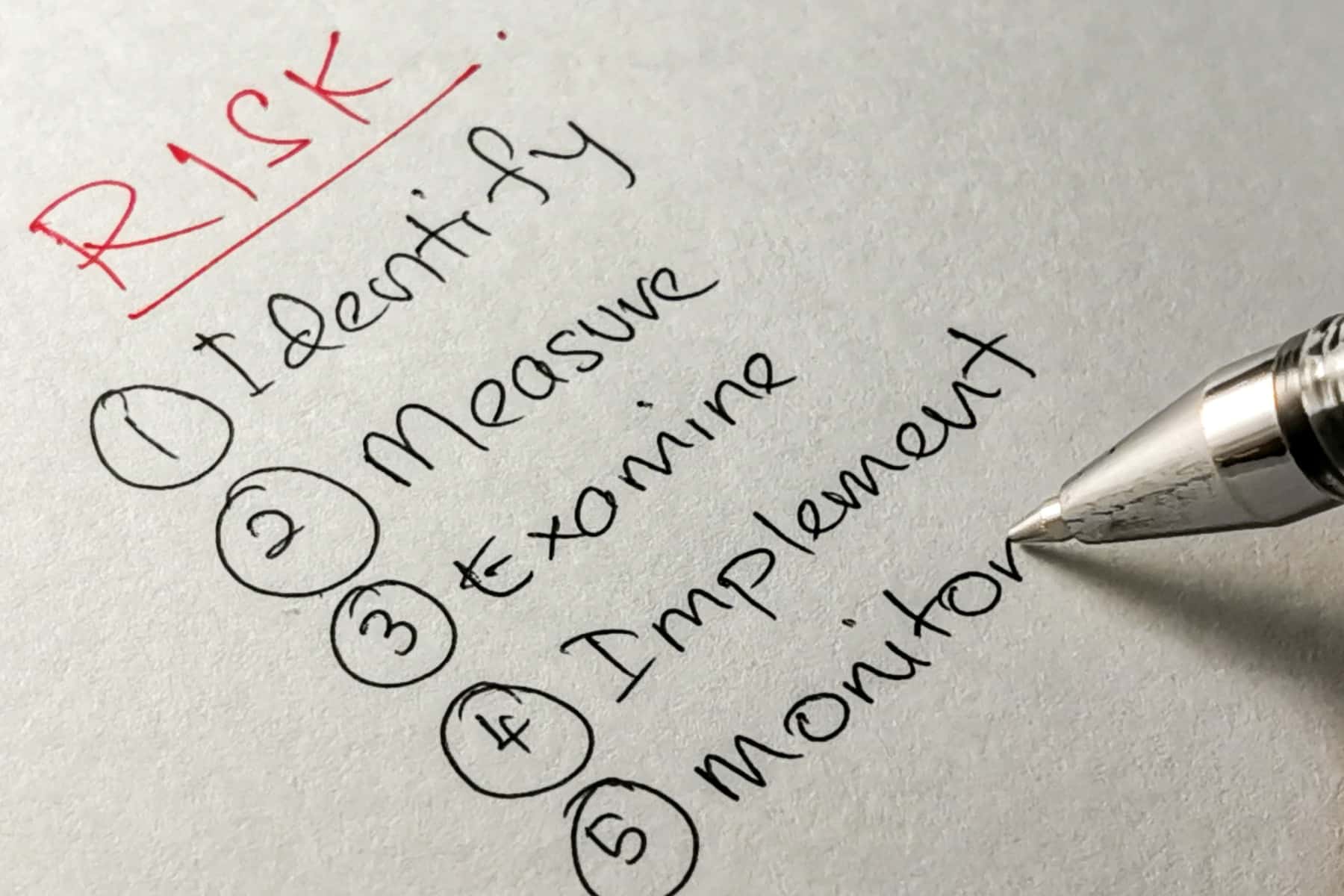Protect your Business: 5 Essential Steps for a Cyber Security Risk Assessment

With remote teams becoming the norm and digital transformation accelerating at an unprecedented pace, the need for robust cyber security risk analysis has never been more critical. The numbers speak for themselves—half of all UK businesses fell victim to a cyber security breach in 2023, while the global average cost of a data breach in 2024 soared to $4.88 million. Looking ahead, cyber crime is set to cost businesses worldwide a staggering $10.5 trillion annually by 2025.
Risk assessments are a complex but essential process—there’s no universal blueprint for success. That’s why bringing in a trusted third party to conduct an expert audit of your security controls could be the key to protecting your business from costly attacks.
In this article, we’ll walk you through the essential steps we take with our clients as part of a comprehensive cyber security risk assessment. Let’s dive in.
Step 1: Define your parameters
Tailoring your risk assessment to your organisation’s unique characteristics is crucial. Consider the following:
• Objectives: Clarify the purpose of the assessment. Are you aiming to comply with specific regulations, address known vulnerabilities, or enhance overall security posture?
• Scope: Decide whether the assessment will cover the entire organisation or focus on specific departments, processes, or systems.
• Existing Measures: Evaluate current cyber security policies and controls. Identify any recent incidents to understand past vulnerabilities.
• IT Infrastructure: Map out all hardware, software, and network components. Ensure you account for third-party services and integrations.
• Data Management: Review data collection, storage, and access policies to ensure compliance with regulations such as the UK GDPR.
Step 2: Identify Potential Threats and Vulnerabilities
Understanding the specific threats your organisation faces is vital. Common threats include:
• Malware and Ransomware: Malicious software designed to disrupt operations or extract payments.
• Phishing Attacks: Deceptive communications aimed at stealing sensitive information.
• Insider Threats: Risks originating from within the organisation, whether intentional or accidental.
• Advanced Persistent Threat (APTs): Sophisticated, prolonged attacks often orchestrated by well-funded adversaries.
Regularly updating threat intelligence and conducting vulnerability scans are essential practices. Notably, in 2024, the global average cost of a data breach reached $4.88 million.
Step 3. Analyse and Evaluate Risks
Assess the likelihood and potential impact of identified threats by considering:
• Likelihood: Evaluate how probable each threat is, based on factors like industry trends and existing security measures.
• Impact: Determine the potential consequences on operations, finances, reputation, and compliance standing.
This analysis helps prioritise risks, focusing resources on the most critical areas.
Step 4: Implement Mitigation Strategies
Develop and deploy measures to address identified risks, such as:
• Technical Controls: Implement firewalls, intrusion detection systems, and encryption protocols.
• Administrative Controls: Establish policies and procedures for data handling, access controls, and incident response.
• Physical Controls: Secure facilities and hardware against unauthorised access or environmental hazards.
Step 5: Monitor and Review
Cyber Security is an ongoing process. Regularly monitor the effectiveness of implemented controls and adapt to emerging threats by:
• Continuous Monitoring: Utilise Security Information and Event Management (SIEM) systems to detect anomalies in real time.
• Periodic Audits: Conduct scheduled assessments to ensure compliance with evolving standards and regulations.
• Incident Response Drills: Perform regular simulations to test and improve response strategies.
By following these steps, your organisation can enhance its resilience against cyber threats, safeguarding critical assets and maintaining trust with stakeholders.
Relating Risk Assessment Findings to Your Business Goals
Once you’ve identified and analysed potential threats, the final step is to evaluate those findings through the lens of your organisation’s goals, risk appetite, and available resources. This context-driven approach helps determine which actions should take priority.
Every business has a different tolerance for risk. For example, organisations that handle large volumes of sensitive data—such as those in financial services or healthcare—tend to take a more cautious approach, investing heavily in robust security measures.
According to the Cyber Security Breaches Survey 2024 by GOV.UK, 31% of all UK businesses have carried out a cyber security risk assessment. That figure rises to 63% among medium-sized businesses and 72% for large organisations—demonstrating a clear link between business size, complexity, and the need for strategic risk management.
As cybercrime continues to grow in scale and sophistication, making cybersecurity a business priority is no longer optional. Taking action now to identify and implement the right controls will protect your organisation’s growth, reputation, and the trust of your clients.
Secure Your Business with Expert Support
A well-executed cyber security risk assessment lays the foundation for a strong, future-ready security strategy. The accuracy and depth of your assessment can directly influence how well your business is protected—and how confidently you can grow in an increasingly digital world.
As we’ve outlined, there’s no universal template. Every organisation’s risk profile is different, shaped by your infrastructure, operations, industry, and appetite for risk. That’s why a tailored approach is vital.
Partnering with a strategic IT expert can make all the difference. At Dr Logic, we specialise in supporting businesses that rely on Apple, Windows, or mixed environments – providing an independent perspective and deep technical insight to strengthen your cyber defences.
Ready to make cyber security work for your business? Book a free, no-obligation call with our team to explore how we can help.
We are looking to partner
with ambitious
like-minded brands
Like what you’ve read and would like to know what else we know? Then get in touch.





